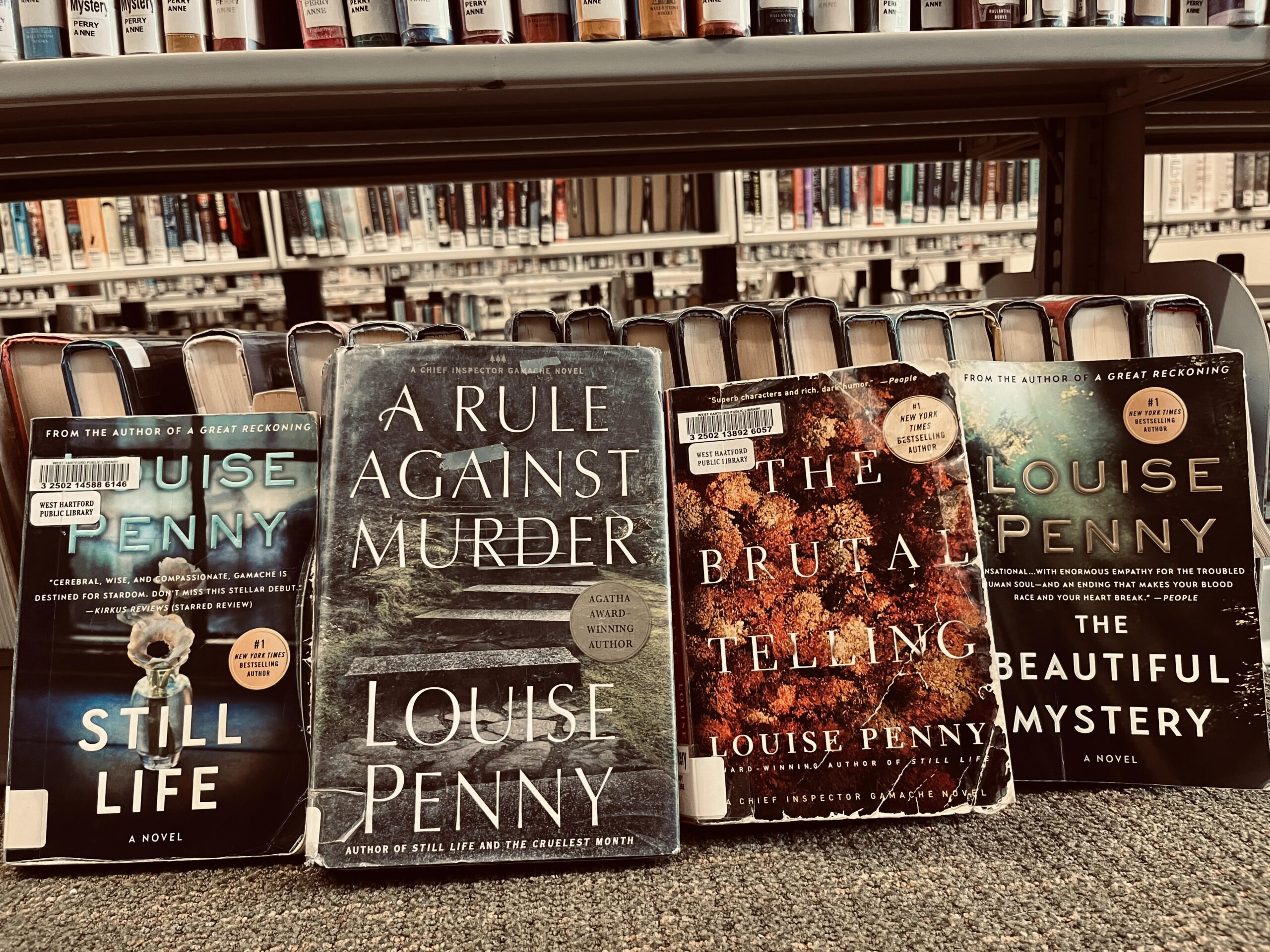When I picked up Louise Penny’s 2008 A Still Life on a whim (such a pretty cover), I quickly became absorbed in her world of the Québécois. For the next three months, I dove in fully, pausing only after the eighth book in this compelling murder mystery series.
Her hero, Armand Gamache, is chief inspector with the Surêté du Québec and a delightful combination of erudition, integrity, and warmth. And—unburdened by addiction, axes to grind, or other personal demons, unlike so many fictional detectives—he’s essentially a happy man. That’s not to say Gamache isn’t complex or doesn’t have his own crosses to bear, but he loves his wife and a breakfast of buttery croissants with cafe au lait. He’s a pleasing reminder that protagonists in the 21st century needn’t all be anti-heros for dramatic narratives to be both credible and compelling.
This series must be read sequentially, as all characters, however minor, follow their own arc, and subplots wax and wane over several books. Most of the stories take place in the small, fictional Quebec village of Three Pines, which has more than its share of murders—and elaborate ones at that (you don’t find crossbows, jumper cables, or séances as the weapons in an average game of Clue, do you?). But Three Pines’ host of eclectic characters are also what lend the series its charming coziness: it’s a village full of refugees—painters, poets, bibliophiles, and chefs—all seeking a quiet belonging far from the madding crowd. Their humor and eccentricities (as well as more than a few closeted skeletons) endear them quickly to us and keep us reading.
The series deals deftly with all things Québécois. In addition to long winters, hockey, curling, and traditional cuisine, Penny addresses more complex, social and historical realities. She doesn’t shy away from exploring tensions between the French and English, the Catholics and Protestants, or the indigenous peoples and Europeans.
But what keeps me returning to this series is not only the quirkiness of life (and death) in Three Pines, but Penny’s infusion of art into all of her books. She describes her characters’ poems, paintings, music, and recipes with lyrical and philosophical detail. She doesn’t just make literary references (although those abound), she actually creates art within art. The poems of petulant Ruth Zardo are surprisingly fresh. The oil paintings of some characters feel so alive on the page that if I saw a Clara Morrow or a Lillian Dyson piece hanging in a gallery, I would recognize it instantly. After reading the eighth book in the series, The Beautiful Mystery, about a murdered monk, I listened to Gregorian chat for weeks. The dishes served up in Olivier’s Bistro in Three Pines are sumptuous, redolent, and inspire me to seek out similar, francophile recipes.
I don’t know when I’ll resume the series with the ninth book, but I know I will eventually. After binging so many in a row, I became a little too aware of how the sausage was made and some of Penny’s stock descriptions began to grate. But for anyone who wants to hunker down this winter with smart, rich, critically-acclaimed mysteries that will keep you guessing, I highly recommend starting with A Still Life and seeing how far you get in this satisfying series.




